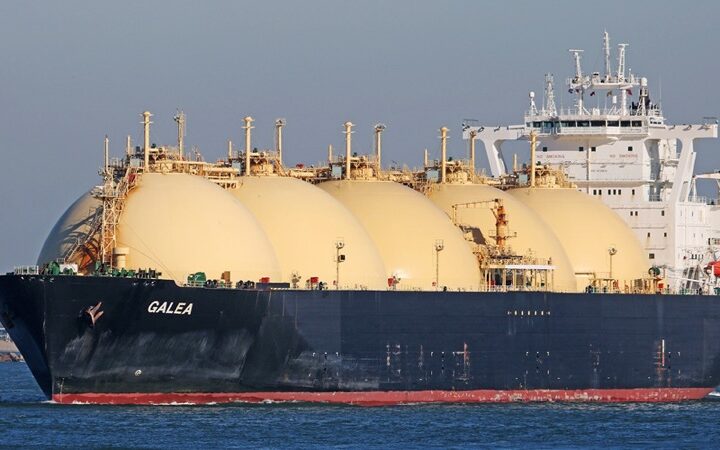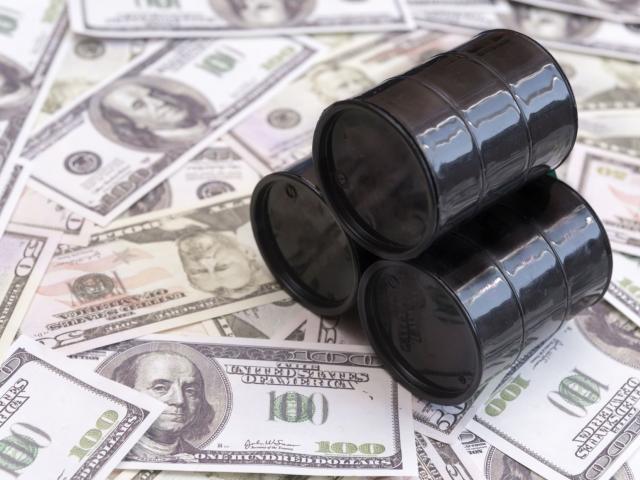.
Marcuard's Market update by GaveKal Dragonomics
We’ve read plenty of bullish statements recently saying that the decline in oil prices amounts to a massive tax cut; “a phenomenon that’s making everybody better off,” as US Federal Reserve vice chairman Stanley Fischer declared last week. But as Frederic Bastiat wrote, in economics you have what you see and what you don’t see, or as Milton Friedman put it: “There is no such thing as a free lunch.”
 Let us assume that the world is consuming 92mln barrels of oil a day and carries 100 days of inventory. At US$100/bbl, the value of the capital tied up in inventories would be US$92 mln x US$100 x 100, or US$920 bln. If the price of oil falls to US$50, financing those inventories will cost US$460 bln instead of US$920 bln, which means that the slump in the oil price would be equivalent to the release of US$460 bln of liquidity into the system.
Let us assume that the world is consuming 92mln barrels of oil a day and carries 100 days of inventory. At US$100/bbl, the value of the capital tied up in inventories would be US$92 mln x US$100 x 100, or US$920 bln. If the price of oil falls to US$50, financing those inventories will cost US$460 bln instead of US$920 bln, which means that the slump in the oil price would be equivalent to the release of US$460 bln of liquidity into the system.
Now, a change in the price of any product compared with other products is always a change in relative prices. This underlines a simple reality: the decline in oil prices is simply a transfer of purchasing power from the producers of oil to its consumers. There is no additional wealth created when prices go up or down—none at all. The only things that matters are the following:
1) Somebody in the system has to take the US$460 bln loss on inventories—and they have to take it now. During the last big decline in energy prices starting in 1985, the loss was borne first by Texas (in 1988 alone, 175 Texan banks went bust) and later by the Soviet Union, which went under at the end of the decade. The same sort of thing is going to happen this time around. The important thing is not to be caught among the losers. Unfortunately, that’s easier said than done.
2) The valuation of long duration oil-producing capacity should not be affected too much by the decline in oil prices, in so far as a present value analysis of existing reserves will be favourably impacted by the recent decline in long rates and unfavourably impacted by the fall in oil prices. That’s not so for short duration capacity. As a result, the decline is good for Saudi Arabia and Russia, and bad for the US.
3) Over the last few years, we have had a massive expansion in oil-producing capacity, for example in US shale gas and oil. The question is: How much of that expansion has been financed by debt? And if a lot, then by what kind of debt? If the expansion has been financed by corporate bonds, then the knock-on effect of defaults will be limited. But if it has been financed by bank loans, there could be big problems. Conceptually, the losses incurred by banks on these loans could erode their capital and so lead to a big reduction in their ability to lend. In that case, the damage could cancel out the positive ‘liquidity’ effect of the decline in the value of oil inventories.
4) Is the propensity to consume of the oil consumer higher than the propensity to consume of the oil producer? If the answer is yes, we will see an increase in global consumption and a decrease in the global savings rate. In that case, the decline in oil prices should lead first to a fall in interest rates (because of the liquidity effect) and once the oil price stabilises, to a rise in long term rates. Thus, the paradoxical impact of a big decline in oil prices could be a rise in interest rates, as a result of the decline in the general savings rate. What is certain is that the propensity to consume of the poorer half of the US population is very high. So a decline in oil prices should be good news for the US lumpenproletariat. The resulting increase in consumption could lead to a renewed deterioration in the US current account.
5) If the price of oil falls abruptly, the pain is usually felt in a very concentrated area, while the benefits are diffused much more widely. Moreover, the pain hits quickly while the benefits spread relatively slowly. Concentrated pains tend attract a lot more attention from the do-gooders posing as politicians than diffused benefits. This is usually when mistakes are made.
To summarise:
On the liquidity side, the release of liquidity from oil inventories is a plus; the potential contraction of banks’ lending abilities is a minus.
On the economic activity side, the beneficiaries of cheap oil have a higher propensity to consume, which is positive; however, capital spending could go down immediately, which is negative.
So, what investment conclusions can we draw from all this?
Long-dated US government bonds are now slightly overbought and overvalued. If 30-year long rates were to fall from 2.9% where they are today to 2.5 %, which is the bottom of my valuation range for the 30-year, then maintaining a balanced portfolio would cease to make much sense.
When it comes to the stock markets, as long as the US current account was improving, I maintained that one should continue to hold shares in the US. If the fall in oil prices leads to a renewed deterioration of the US current account, then one should buy stocks outside the US, where equities are already at the bottom of their long term trading range compared with US stocks.
As a result, the fall in oil prices could, and should, lead to a massive shift in asset allocation, from US to non-US equities, and into shorter duration bonds.
It’s not happening just yet, but we are getting there.







